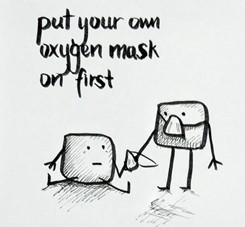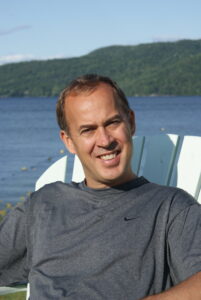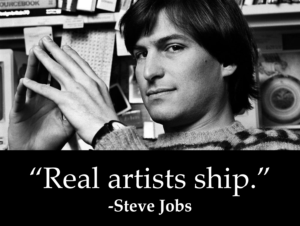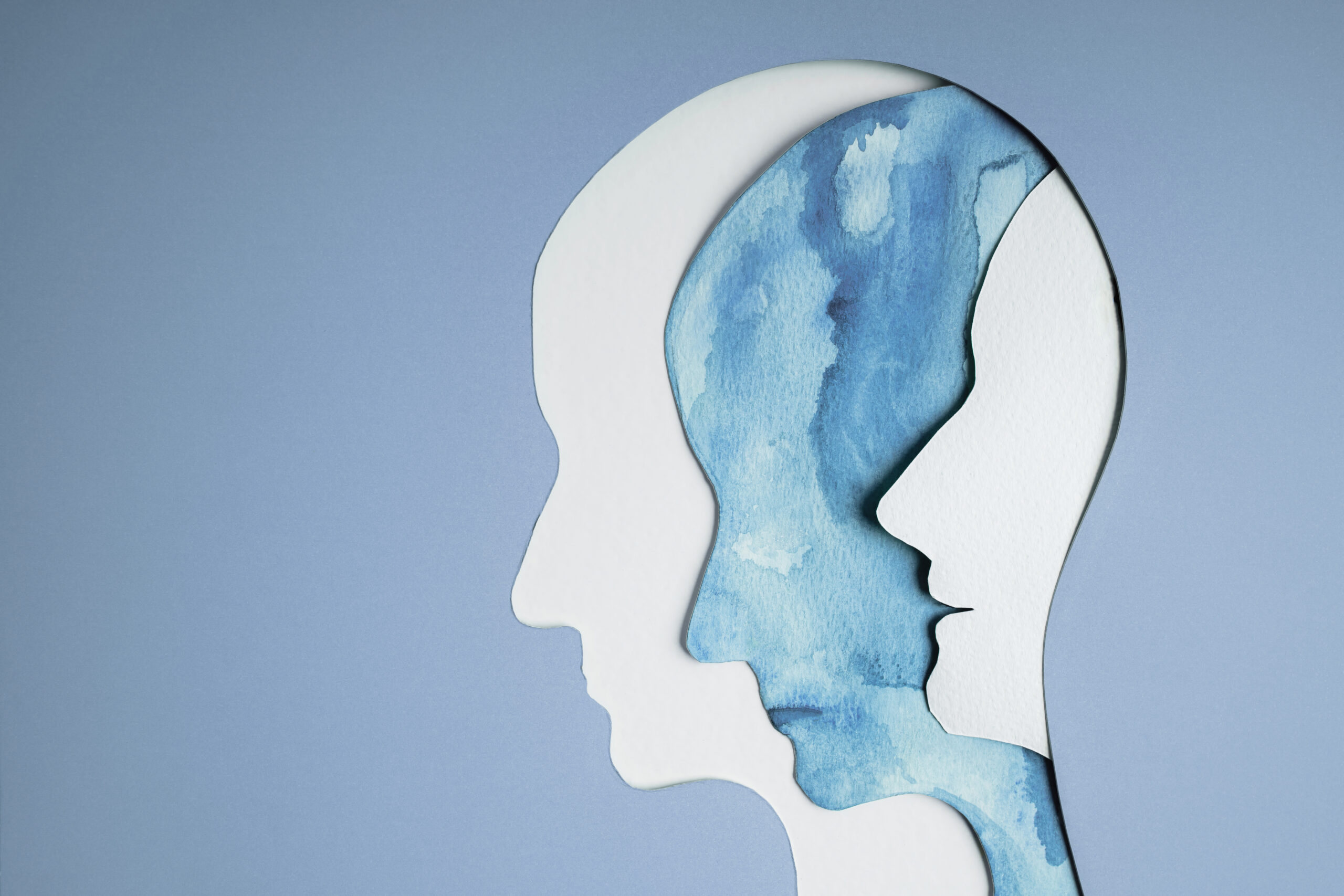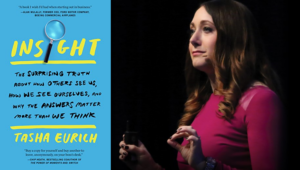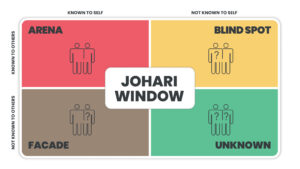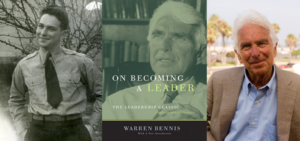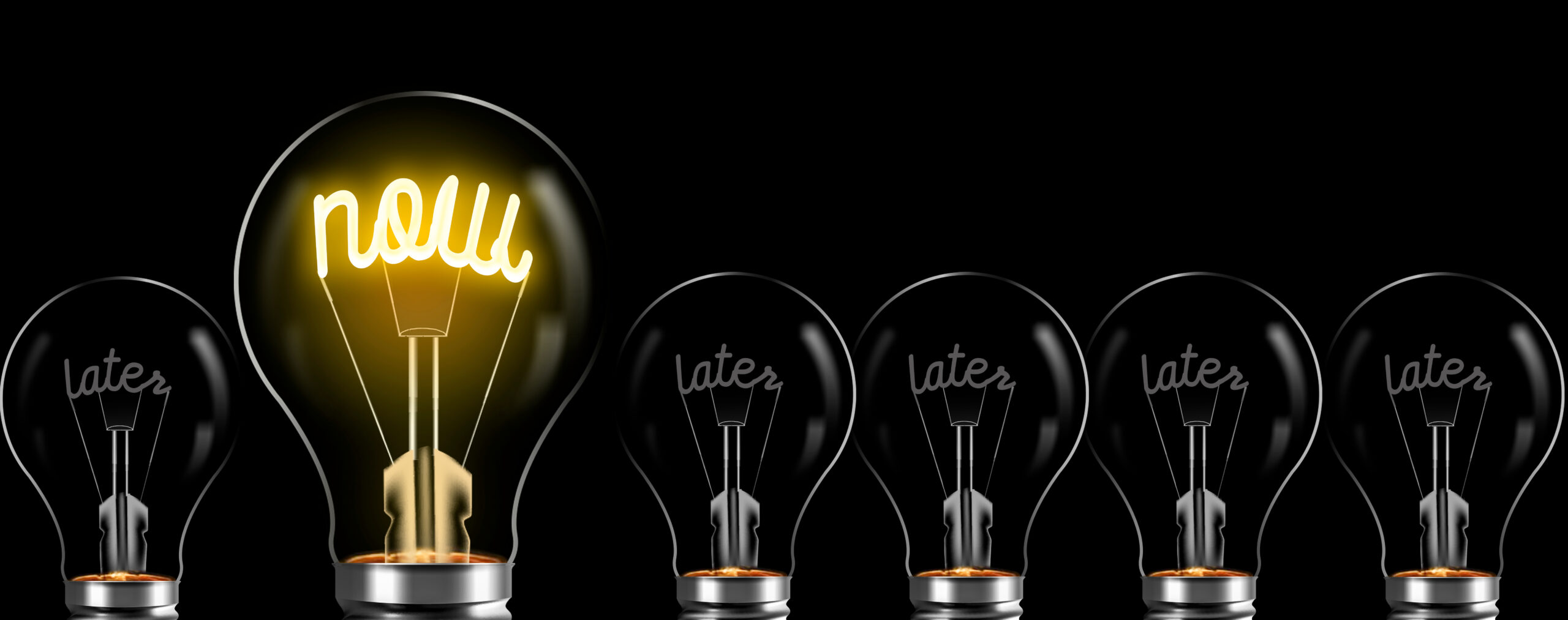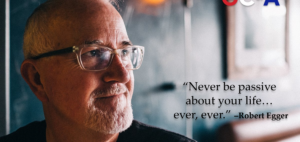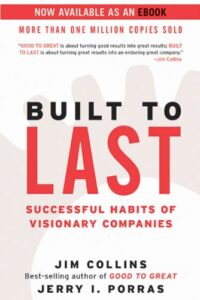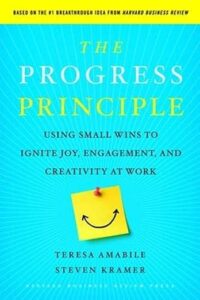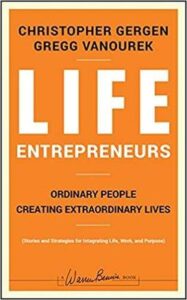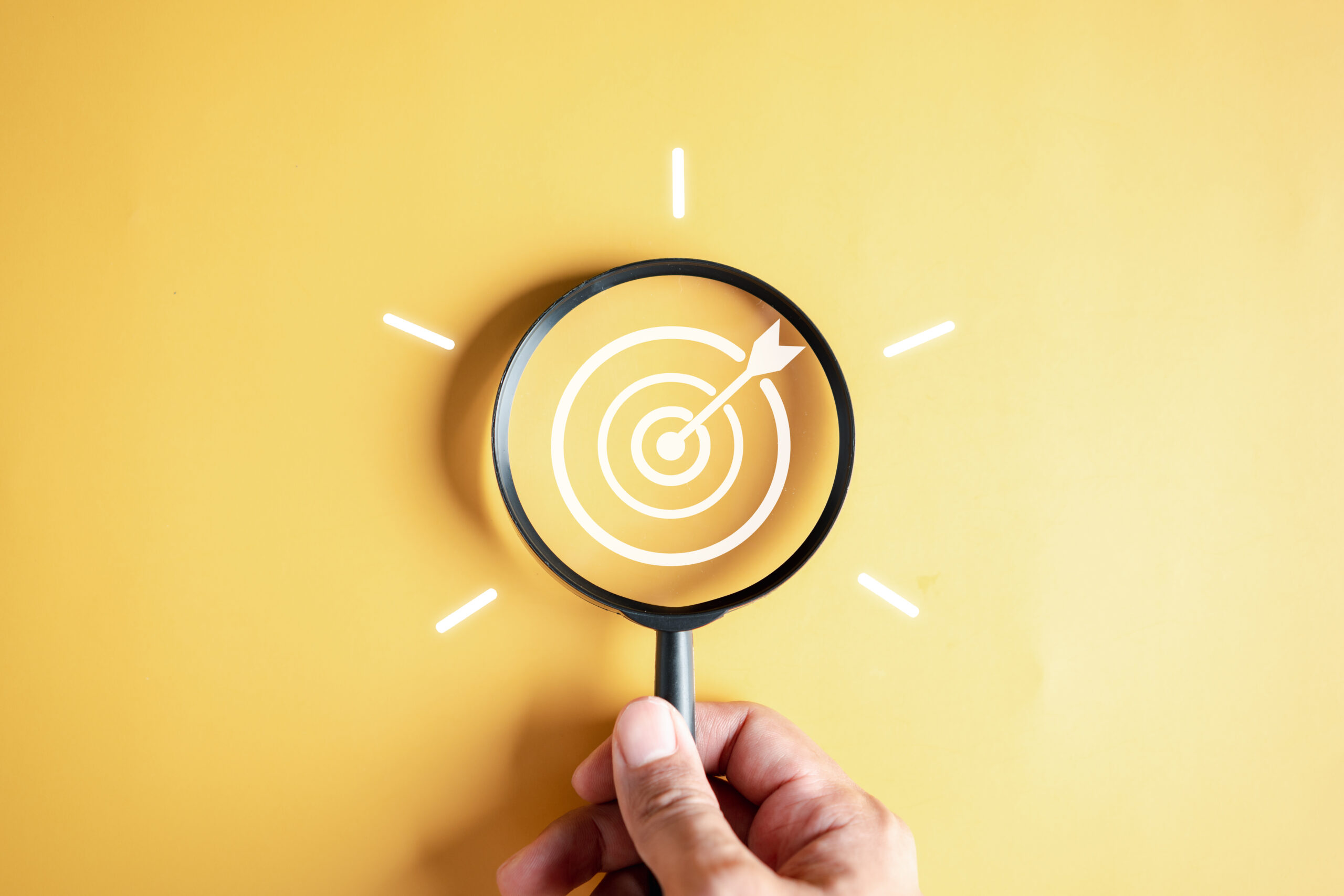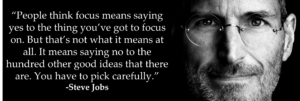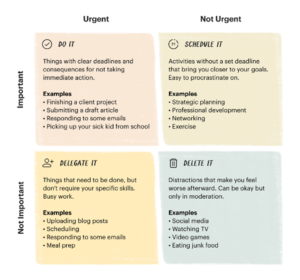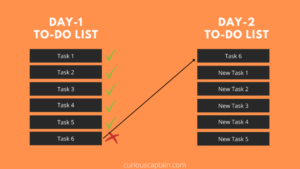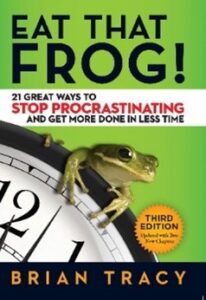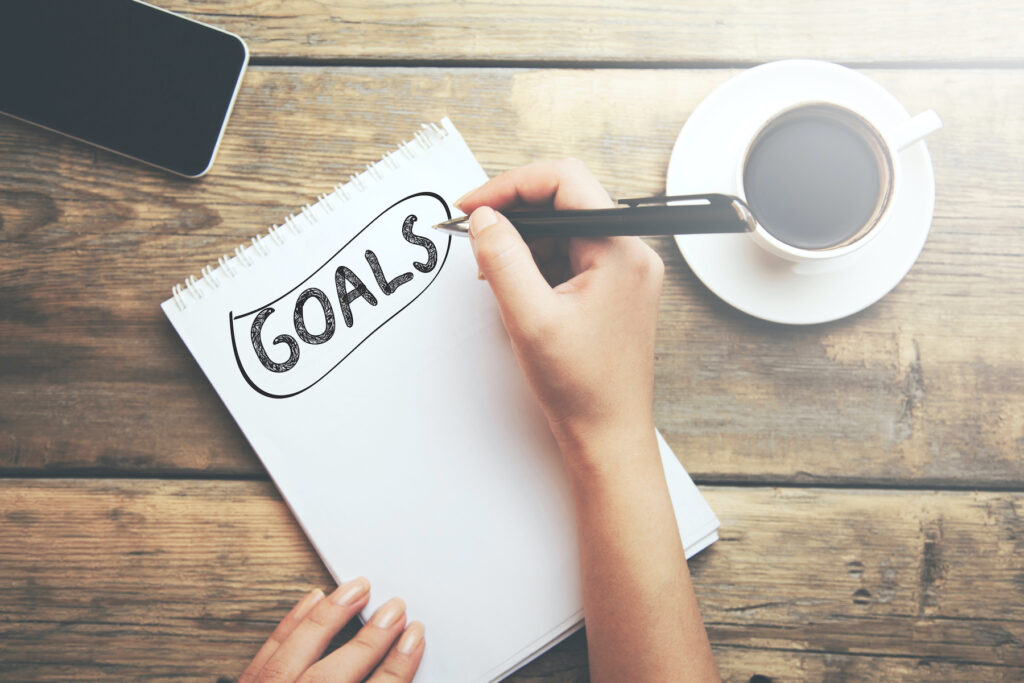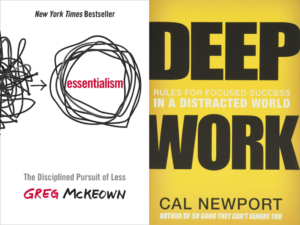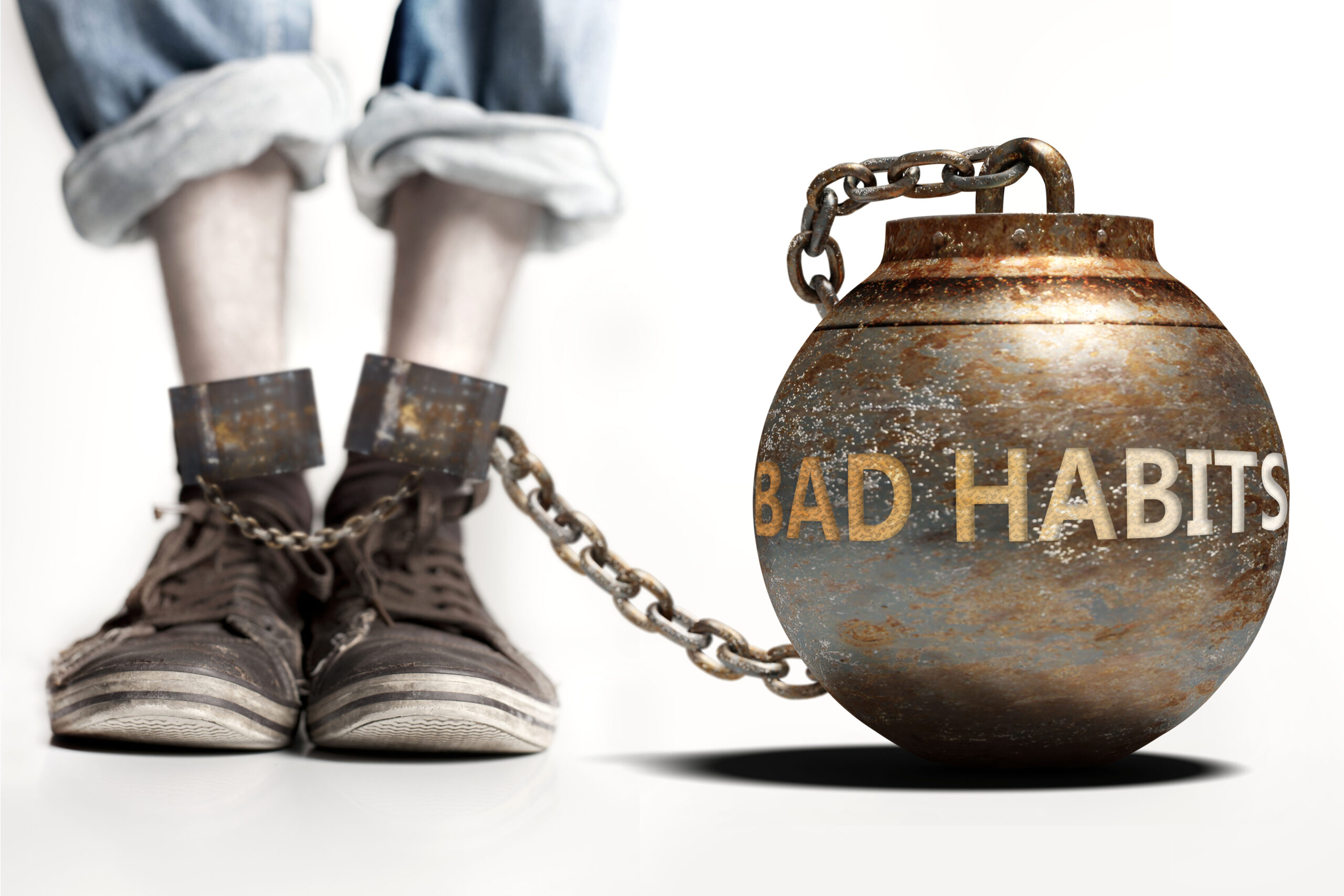Disengaged at work? Not energized and thriving in your life? It’s all too common.
What’s going on? It could be that you’re not using your strengths—the things you’re good at—regularly.
Are you focused on fixing your weaknesses instead of leveraging your strengths? Maybe you’re engaged in tasks you’d rather avoid, such as those that bore you or challenge your confidence. Do you keep doing something even when others excel in that task and you don’t? Meanwhile, it just drains you.
This is a recipe for frustration and failure. A better approach: actively shape your work and life to align with your strengths.
What’s a Strength?
Strengths are the things at which you most excel.
Knowledge, skills, and talents are the foundational components of strengths. Their development is influenced by additional factors, including practice, coaching, repetition, and feedback. Through consistent repetition and targeted guidance, coupled with feedback on your performance, you can significantly enhance your capabilities.
The Advantages of Knowing and Using Your Strengths
Researchers highlight significant advantages associated with understanding and leveraging your strengths. For instance, doing so can:
- Bolster your confidence
- Elevate your motivation and engagement levels
- Enhance productivity
- Clarify your pathways to success
- Facilitate goal achievement
- Foster greater happiness and fulfillment
- Help prevent burnout
Having a coach can help, since you probably have some strengths you’re not aware of. (When you’re good at something, you often assume others have no problem with it as well.) A coach can also help you figure out ways to develop and use your strengths more effectively.
Strengths Search: A New Tool for Identifying Your Strengths
Instead of sitting around trying to think of your strengths, you can take a strengths assessment to help you with this process. My new Strengths Search tool prompts you to do the following:
- Choose from a list of dozens of potential strengths (and add any that may be missing).
- Determine your three to five core strengths. Ideally, place them in order, or at least identify your top strength.
- Describe each of your core strengths so you have a clearer picture of it.
- Consider the extent to which you’re using (or not using) your core strengths at work, home, and beyond.
- Brainstorm ways you could use your core strengths more.
- Determine what specific actions you’ll take to start using your core strengths more.
- If you wish, ask people who know you very well and ask them to share their perspective on your strengths. (The tool has this input and sharing process built in to its functionality.) This process of identifying your strengths works best when you discuss it openly with friends and trusted colleagues.
How You Can Leverage Strengths as a Leader
Strengths are highly relevant if you’re a leader. They can be a catalyst for high performance. How? Four ways.
First, leaders should actively identify and employ their own strengths in their work.
Second, they ought to scrutinize strengths during personnel selection, advancement decisions, and the structuring of job roles and teams. A team should be well-rounded and have people with complementary strengths.
Third, leaders should ensure that all team members are using their strengths as much as possible.
Fourth, leaders should develop the strengths of everybody on the team, including themselves.
Conclusion
By identifying your strengths and integrating them more into your life and work, you can experience heightened engagement, vitality, and success. Imagine channeling these strengths towards a higher purpose, leveraging them to serve others. The possibilities are enticing and powerful.
Wishing you well with it.
–Gregg

Reflection Questions
- What are your core strengths?
- How often are you using your core strengths at work, at home, and beyond?
- How could you use your core strengths more?
Tools for You
- Strengths Search Tool to help you identify your core strengths and integrate them more into your life and work
- Traps Test (Common Traps of Living) to help you identify what’s getting in the way of your happiness and quality of life
- Quality of Life Assessment to help you discover your strongest areas and the areas that need work and then act accordingly
Related Articles
- “The Power of Knowing and Using Our Strengths”
- “A CEO Reflects on Using Different Strengths in Different Life Phases”
- “Why Self-Awareness Is So Important—And How to Develop It”
- “How to Discover Your Purpose”
- “How to Discover Your Core Values”
- “The Power of Integrating Our Passions into Our Life and Work”
Additional Resources
- Patrick Lencioni, The 6 Types of Working Genius: A Better Way to Understand Your Gifts, Your Frustrations, and Your Team
- Tom Rath, StrengthsFinder 2.0 (including an online assessment)
- Albert Winseman, Donald Clifton, and Curt Liesveld, Living Your Strengths
- Marcus Buckingham, Go Put Your Strengths to Work
- Tom Rath and Barry Conchie, Strengths Based Leadership (including an online assessment for a personalized leadership guide)
- Clifton Strengths Assessment
- VIA Survey of Character Strengths
Postscript: Inspirations on Strengths
- “Liberating and expressing your natural genius is your ultimate path to success and life satisfaction.” -Gay Hendricks, psychologist and author
- “The man who is born with a talent which he was meant to use finds his greatest happiness in using it.” -Johann Wolfgang Goethe, German poet, novelist, and scientist
- “A leader needs to know his strengths as a carpenter knows his tools, or as a physician knows the instruments at her disposal. What great leaders have in common is that each truly knows his or her strengths—and can call on the right strengths at the right time.” -Dr. Donald Clifton, psychologist and researcher
- “I’ve never met an effective leader who wasn’t aware of his talents and working to sharpen them.” -Wesley Clark, former NATO Supreme Allied Commander
- “While there are many good levers for engaging people and driving performance… the master lever is getting each person to play to his strength. Pull this lever and an engaged and productive team will be the result. Fail to pull it and no matter what else is done to motivate the team, it’ll never fully engage.” -Marcus Buckingham, Go Put Your Strengths to Work
++++++++++++++++++++++++++++++
Gregg Vanourek is a writer, teacher, and TEDx speaker on personal development and leadership. He is co-author of three books, including LIFE Entrepreneurs: Ordinary People Creating Extraordinary Lives (a manifesto for integrating our life and work with purpose, passion, and contribution) and Triple Crown Leadership: Building Excellent, Ethical, and Enduring Organizations (a winner of the International Book Awards). Check out his Best Articles or get his monthly newsletter. If you found value in this article, please forward it to a friend. Every little bit helps!







